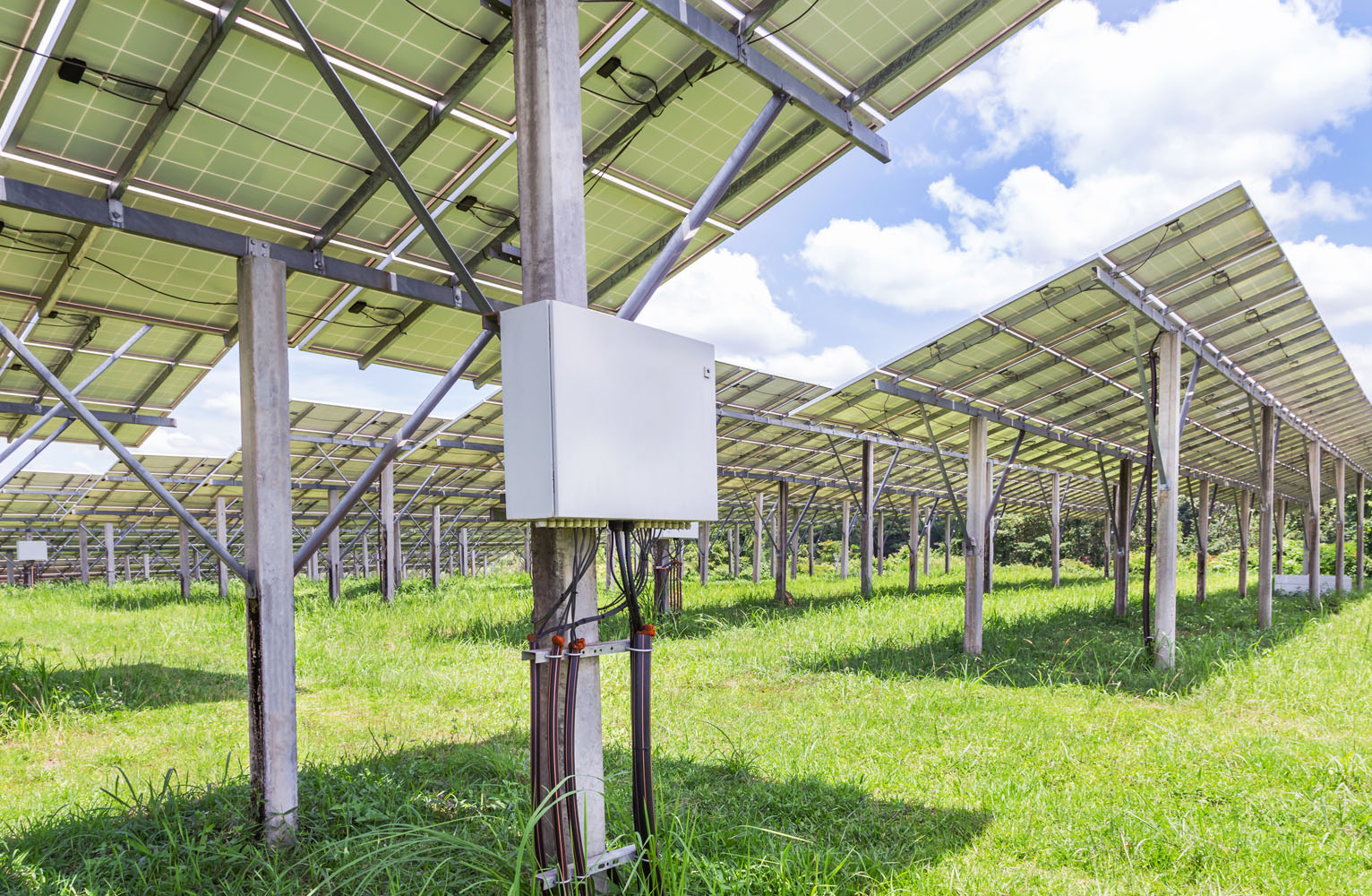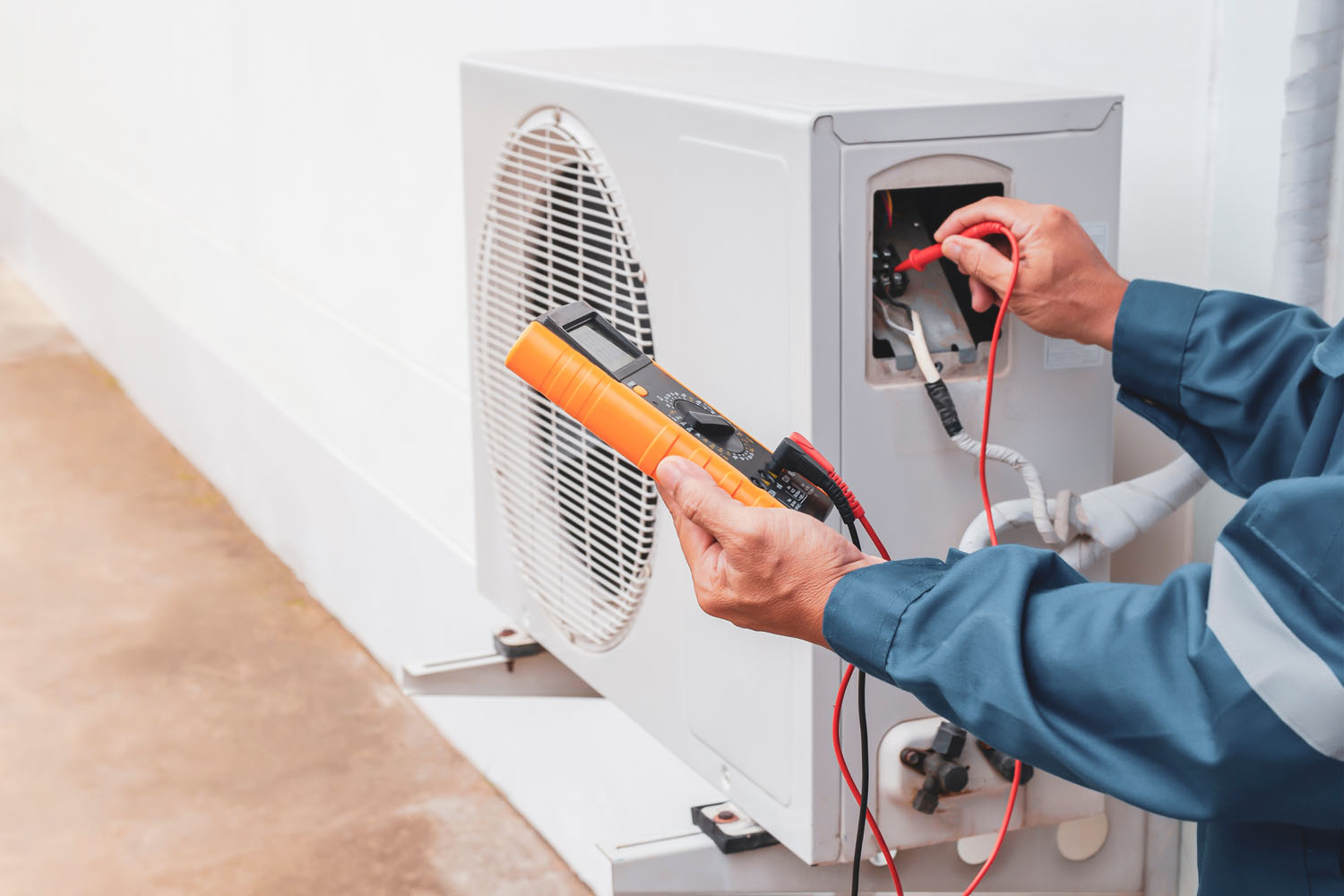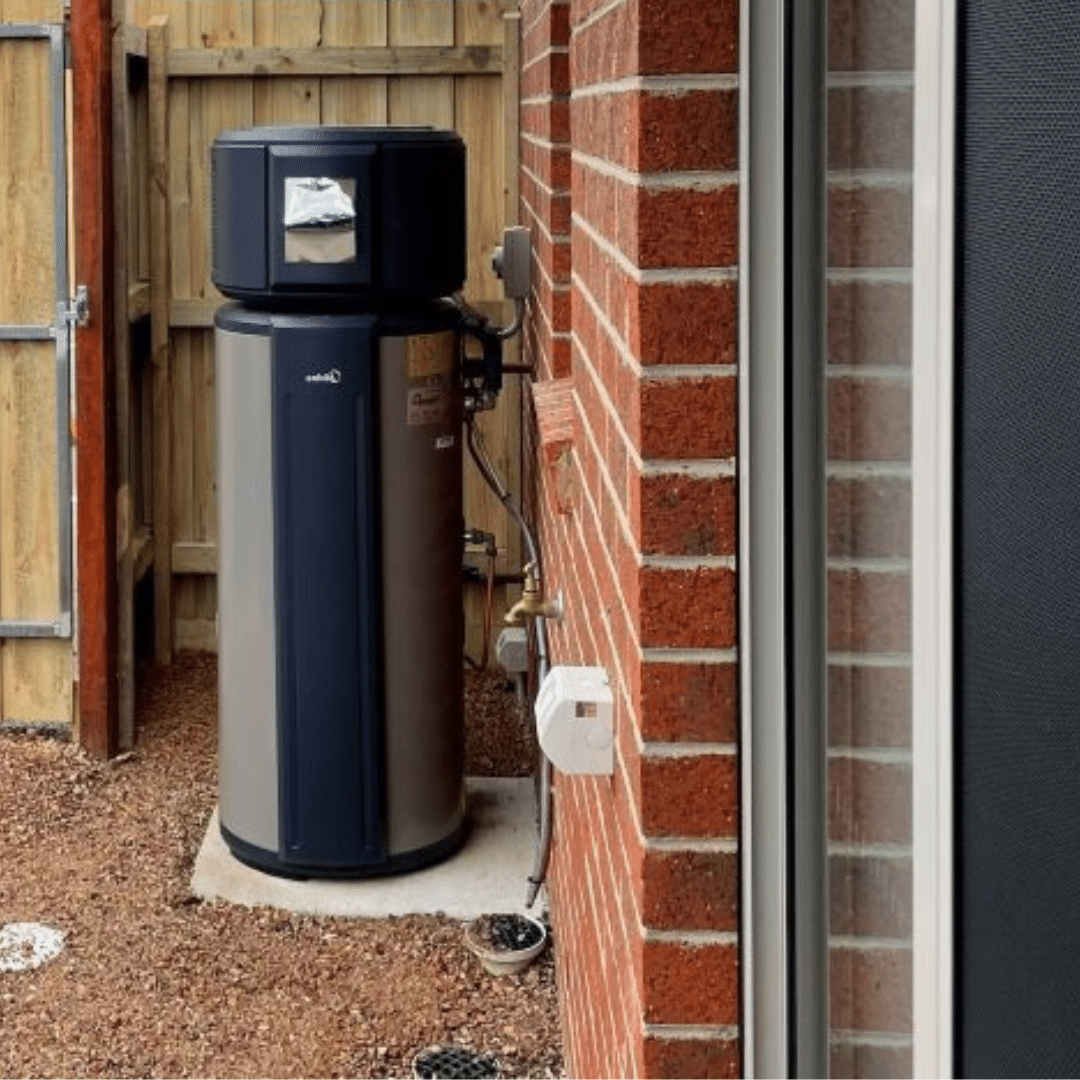As more households adopt solar energy, the demand for battery storage systems has skyrocketed. However, choosing the right battery for your home can feel overwhelming given the wide variety of options available. This comprehensive guide will help you navigate the different types of batteries, their features, and how to choose the best one for your specific needs.
3.1 Types of Solar Batteries
There are three main types of solar batteries commonly used in home solar systems. Each has its pros and cons, depending on your budget, energy needs, and long-term goals.
3.1.1 Lithium-Ion Batteries
Lithium-ion batteries are the most popular choice for solar storage systems due to their high energy density, long lifespan, and ability to discharge deeply without losing capacity.
- Pros: Long lifespan (10-15 years), high efficiency, compact size, deep discharges.
- Cons: Higher upfront cost compared to other types.
Popular brands like the Tesla Powerwall and LG Chem are lithium-ion-based and widely used in residential solar setups.
3.1.2 Lead-Acid Batteries
Lead-acid batteries have been used for decades and are known for their reliability and lower upfront cost. However, they have a shorter lifespan and lower energy density compared to lithium-ion batteries.
- Pros: Affordable, proven technology, widely available.
- Cons: Shorter lifespan, lower efficiency, bulkier, higher maintenance.
These batteries are a good option for off-grid systems with moderate energy demands but are being increasingly replaced by lithium-ion for grid-tied solar systems.
3.1.3 Flow Batteries
Flow batteries are a newer technology that uses liquid electrolytes to store energy. They have the advantage of long lifespans and can discharge large amounts of stored energy without degradation. However, they are not as widely available for residential use and are typically larger in size.
- Pros: Long lifespan, deep discharge capability, highly scalable.
- Cons: High upfront cost, large size, less widely available.
3.2 Key Factors to Consider
When choosing a battery for your solar system, there are several important factors to keep in mind:
3.2.1 Battery Capacity
Battery capacity is measured in kilowatt-hours (kWh) and refers to the amount of energy the battery can store. The more kWh a battery can hold, the more electricity it can store for later use.
- Example: The Tesla Powerwall 2 has a capacity of 13.5 kWh, enough to power essential appliances and lighting through the night for most households.
3.2.2 Depth of Discharge (DoD)
Depth of discharge (DoD) refers to how much of the battery’s capacity can be used before it needs to be recharged. A higher DoD means you can use more of the stored energy before recharging is necessary.
- Tip: Look for a battery with a DoD of 80% or higher to maximize usable energy.
3.2.3 Round-Trip Efficiency
Round-trip efficiency measures how much energy is lost during the process of charging and discharging the battery. A higher efficiency means that more of the stored energy can be used by your home.
- Typical range: Most modern batteries offer round-trip efficiencies of 85% to 95%.
3.2.4 Lifespan
Battery lifespan is typically measured in cycles or years. One cycle is a complete charge and discharge, and the number of cycles a battery can handle before losing capacity is a key indicator of its longevity.
- Lithium-ion batteries typically last 10-15 years or around 5,000 cycles.
- Lead-acid batteries generally last 5-10 years or around 1,500 cycles.
3.2.5 Price and Return on Investment
While lithium-ion batteries tend to be more expensive upfront, they generally offer a better return on investment (ROI) due to their longer lifespan and higher efficiency. However, lead-acid batteries may be a good option for homeowners on a tight budget who don’t need extensive storage capacity.
3.3 Sizing Your Battery
The right battery size depends on your home’s energy consumption and whether you want to go completely off-grid or just reduce your dependence on the grid. Here’s a simple approach to sizing:
- Calculate your daily energy usage: Check your electricity bills to determine your average daily usage in kilowatt-hours (kWh).
- Consider your goals: Do you want the battery to power your home for a few hours during peak demand, or do you need enough storage to cover days of cloudy weather?
- Factor in solar generation: Determine how much electricity your solar panels generate and how much excess energy is available to store.
Conclusion
Choosing the right battery for your home depends on your energy needs, budget, and goals. Whether you’re looking for energy independence, backup power, or the ability to maximize solar consumption, understanding the different battery types and features will help you make an informed decision. Consulting with a solar professional can also ensure that your battery system is properly sized and installed for optimal performance.







